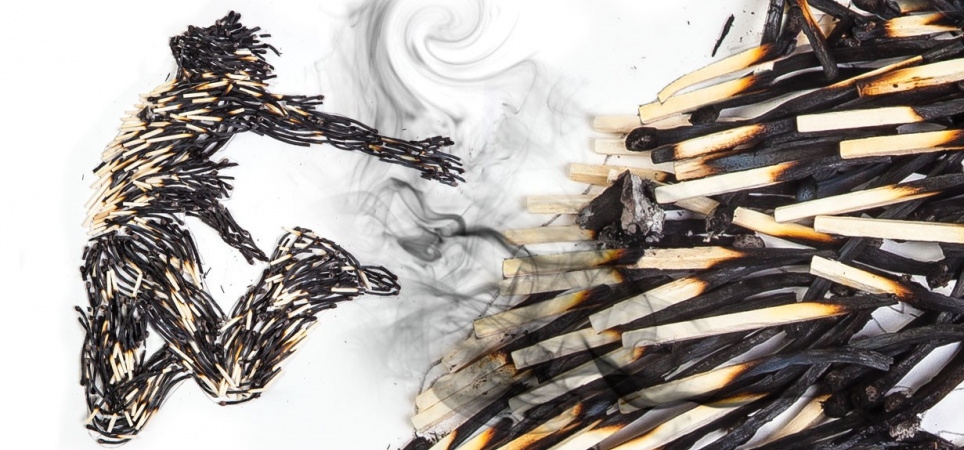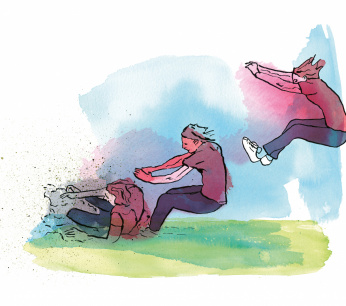Burn out problem grows fastest in primary education
In primary education (PO) the number of people with burnout complaints has increased faster in the past ten years than in secondary education (VO) and senior secondary vocational education (MBO). In primary education, the percentage of teachers affected by it increased from 15,8 in 2007 to 24,1 in 2017.

Picture: Type tank
“Education has been a frontrunner for years when you look at burnout complaints,” says TNO researcher Wendela Hooftman. She collaborated on the investigation report 'Work pressure in education' published this afternoon. The Ministry of Education asked research agency TNO to examine the workload, examine developments over time and look for possible explanations.
This research again shows that education employees are more likely to have burnouts (22,1 percent in 2017) than other employees (15,9 percent). In addition, the proportion of employees experiencing complaints about work pressure rose faster than in other sectors and more education employees indicate that they are emotionally burdened. School boards also mention work pressure more often – 6 out of 10 times – than other employers.
Stress
In 69,2, 2017 percent of educational staff from primary, secondary and vocational education indicated that they had to deal with work stress, which required health and safety measures. Compared to the rest of the Netherlands (46 percent), this percentage is considerably higher. Also with regard to burnout complaints, education 'scores' above the Dutch average, respectively 22,1 percent in 2017 compared to 15,9 percent. Education workers are also more likely to find their work emotionally demanding with 21,7 percent in 2017 compared to the average of 10,5 percent. The perceived work pressure in education is also higher than the average in the Netherlands.
21,7 percent of education staff found their work emotionally demanding in 2017
Within the three education sectors studied, the increase in burnout complaints in primary education is striking. “The percentage has risen fastest in primary education, which means that this sector is increasingly catching up with secondary education,” says researcher Hooftman. Still, secondary education, at 26,7, still had the highest percentage of employees with burnout complaints in 2017. In MBO this was 21,8 percent in 2017, but the complaints in this sector rose less quickly. In 2007 it was 17,9 percent.
High demands
“What you see in education as a whole is that education scores relatively low on the ability to organize your own time, take leave and determine the work pace yourself,” says Hooftman. “What doesn't help is that the job requirements, ie what the employer asks of you, have been experienced as high for years. As long as we measure, education is leading the way. It's not something that just happened."
Factors
There is no single cause for the workload in education. Several factors play a role, with different accents per education sector. In MBO, the connection between skills and job is often not good, according to 31,6 percent of employees in 2017. “We heard from the sounding board group that personnel are often deployed in subjects for which they have not been trained.” Also in the AOb-survey about competences as of last February, 63 percent of the 700 MBO employees indicated that they only want to teach subjects for which they have been trained. They want this to be legislated.
In secondary education, undesirable behavior on the part of students, parents or colleagues plays a greater role. Colleagues in primary education are more bothered by the amount of work. The percentage of teaching staff experiencing this burden increased from 39,5 to 59,8.
“It shows that the problem of work pressure is not easy to solve,” says Hooftman. “It will be a tailor-made approach for each school.”


